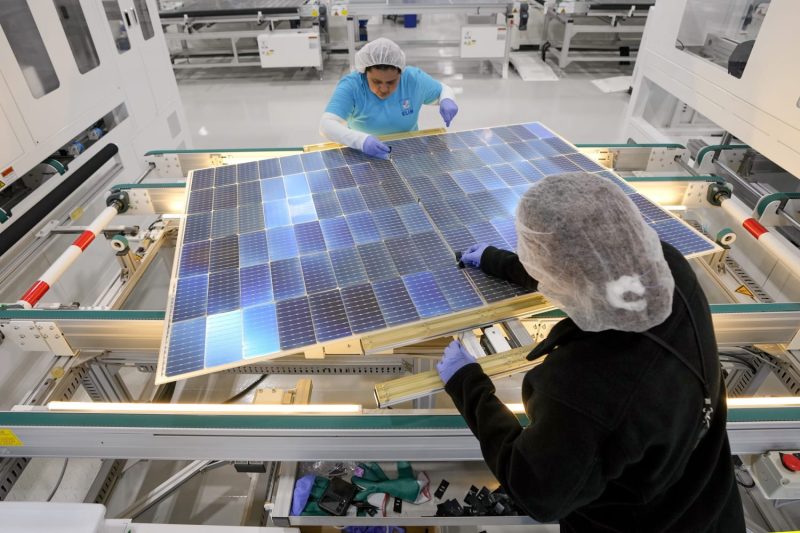As industries continue to evolve in the United States, the labor market is also experiencing a significant shift towards skilled labor while white-collar hiring slows down. This trend is reflective of the changing landscape of work in a technology-driven world where expertise and specialized skills are becoming increasingly valued. The demand for skilled workers is on the rise across various sectors, creating both challenges and opportunities for individuals seeking employment as well as for employers looking to fill critical roles within their organizations.
One of the key drivers behind the shift towards skilled labor is the rapid advancement of technology and automation. As industries adopt new technologies to streamline processes and increase efficiency, the need for workers with specialized technical skills has grown considerably. Roles that require expertise in data analysis, artificial intelligence, coding, cybersecurity, and other technical fields are in high demand as companies strive to stay competitive in a digital economy.
Moreover, the shift towards skilled labor is also driven by the changing nature of work itself. Traditional white-collar roles that focus on administrative tasks or routine functions are being automated or outsourced, leading to a decline in hiring for such positions. In contrast, jobs that involve creativity, problem-solving, critical thinking, and human interaction are becoming more sought after as they are less susceptible to automation and are essential for driving innovation and growth.
This shift in the labor market presents challenges for both job seekers and employers. Job seekers must continually update and acquire new skills to remain competitive in a rapidly changing job market. Lifelong learning and upskilling have become imperative for individuals looking to secure stable and fulfilling employment in a skills-focused economy. Employers, on the other hand, face the challenge of finding qualified candidates to fill specialized roles, leading to talent shortages in key areas.
To address these challenges, various stakeholders, including government agencies, educational institutions, and businesses, need to collaborate to promote skill development and training initiatives that align with the changing demands of the labor market. Investing in education and training programs that focus on developing in-demand skills can help bridge the gap between the supply and demand for skilled labor.
In conclusion, the shift towards skilled labor in the U.S. labor market is a reflection of the evolving nature of work in a digital age. As industries continue to embrace technology and automation, the demand for workers with specialized skills is on the rise. Job seekers must adapt to these changes by acquiring new skills and staying relevant in a competitive job market. Employers, in turn, need to invest in training and development programs to attract and retain talent with the expertise needed to drive growth and innovation. By working together to address the challenges posed by this shift, stakeholders can build a strong and resilient workforce that is well-equipped to thrive in the evolving labor market.




























